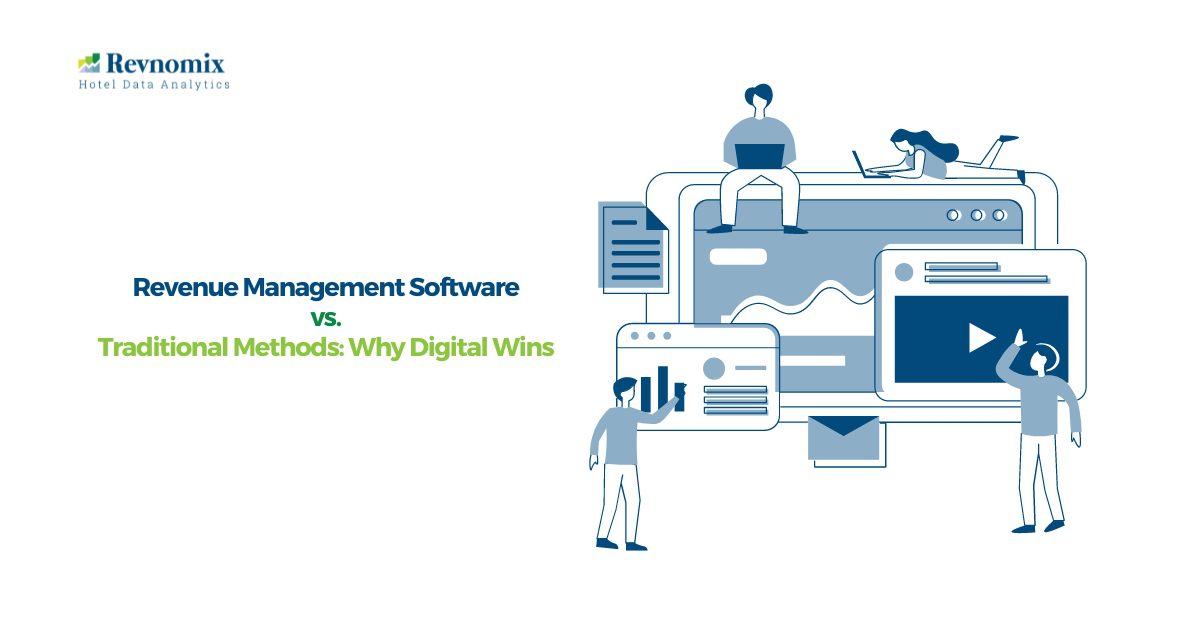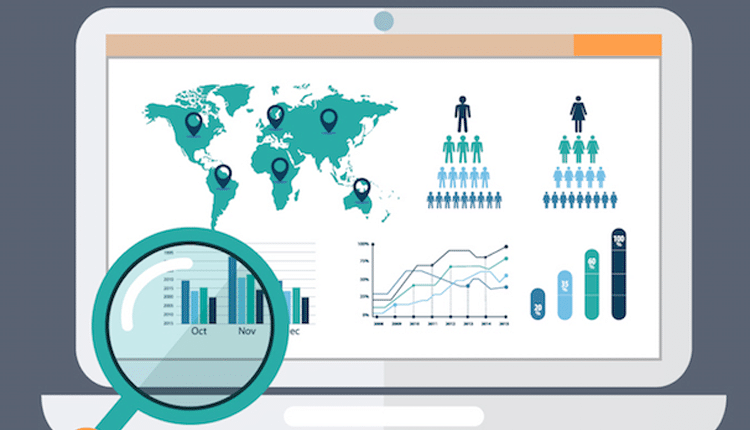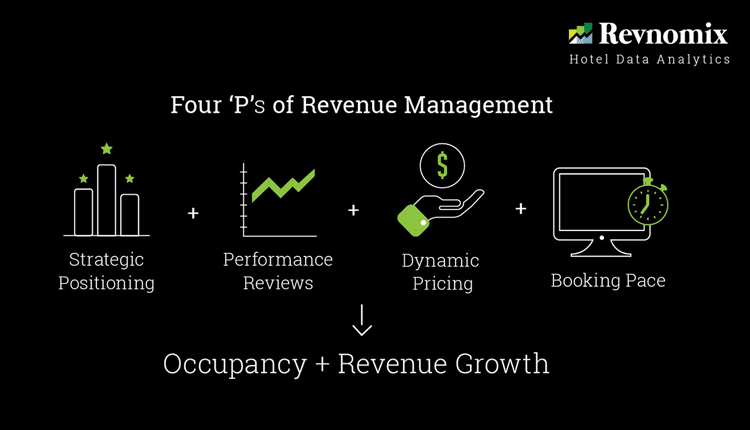In the dynamic and fiercely competitive world of hospitality, optimizing revenue has always been a priority. Traditionally, hoteliers relied on manual methods to manage their revenue. These methods, while functional, are increasingly being overshadowed by advanced Revenue Management Software (RMS). In this blog, we’ll explore why digital solutions like RevnomixRMS are outperforming traditional methods in the realm of revenue management.
The Evolution of Revenue Management
Revenue management involves analyzing and predicting consumer behavior to maximize revenue. Traditional methods have relied on historical data, intuition, and static pricing models. While these methods have served well, the landscape has changed dramatically with technological advancements.
Traditional Methods: The Old Guard
Traditional revenue management methods involve:
1. Manual Data Entry: Revenue managers manually input and analyze data from various sources.
2. Static Pricing Models: Prices are adjusted based on a set schedule or basic rules.
3. Limited Data Integration: Data from different systems (booking engines, CRMs, etc.) are often siloed.
4. Intuitive Decision-Making: Decisions are heavily reliant on the experience and intuition of the revenue manager.
While these methods offer a certain degree of flexibility, they are time-consuming and prone to human error. The inability to process real-time data means that opportunities to optimize revenue may be missed.
Revenue Management Software: The New Era
Revenue Management Software, like f, leverages advanced algorithms, machine learning, and real-time data to provide a more sophisticated approach. Here’s why digital solutions are winning:
1. Real-Time Data Analysis
Speed and Accuracy: RMS systems can analyze vast amounts of data in real-time, providing accurate and actionable insights. This immediacy allows hoteliers to react swiftly to market changes.
Data Integration: RMS platforms integrate data from various sources such as Property Management Systems (PMS), Customer Relationship Management (CRM) systems, and online travel agencies (OTAs). This holistic view ensures that all relevant factors are considered in decision-making.
2. Dynamic Pricing Models
Market Responsiveness: Unlike static models, RMS uses dynamic pricing, adjusting rates based on real-time demand, competitor pricing, and market conditions. This ensures optimal pricing at all times.
Forecasting and Predictive Analytics: RMS platforms use historical data, current trends, and predictive analytics to forecast demand accurately. This capability helps in setting prices that maximize occupancy and revenue.
3. Efficiency and Productivity
Automated Processes: RMS automates many of the time-consuming tasks associated with revenue management, such as data entry and report generation. This allows revenue managers to focus on strategy rather than administrative work.
Resource Optimization: By automating routine tasks, RMS enables the efficient allocation of human resources. Staff can be redirected to more value-added activities, improving overall productivity.
4. Enhanced Decision-Making
Data-Driven Insights: With access to comprehensive data analytics, RMS provides insights that are far more reliable than intuition. This data-driven approach leads to better-informed decisions.
Scenario Analysis: RMS systems can simulate various scenarios to evaluate the potential impact of different pricing strategies. This helps in choosing the most effective strategy for maximizing revenue.
5. Competitive Advantage
Market Intelligence: RMS platforms offer detailed market intelligence, including competitor analysis and market trends. This information is crucial for staying ahead of the competition.
Adaptability: The ability to quickly adapt to changing market conditions gives hotels a significant edge. RMS ensures that pricing and inventory strategies are always optimized.
Case in Point: RevnomixRMS
RevnomixRMS exemplifies the power of digital revenue management. By combining advanced analytics with user-friendly interfaces, it transforms the revenue management process. Here’s how RevnomixRMS stands out:
1. User-Friendly Interface: Despite its sophisticated capabilities, RevnomixRMS is designed to be intuitive and easy to use, making it accessible for all levels of users.
2. Comprehensive Analytics: RevnomixRMS provides deep insights into market trends, demand patterns, and competitor pricing, enabling hoteliers to make informed decisions.
3. Customizable Solutions: Understanding that every hotel has unique needs, RevnomixRMS offers customizable solutions that can be tailored to specific requirements.
4. Support and Training: Revnomix offers extensive support and training, ensuring that users can maximize the benefits of the system.
Conclusion
In the battle between traditional methods and digital solutions for revenue management, it’s clear that Revenue Management Software like RevnomixRMS holds the upper hand. The ability to analyze real-time data, implement dynamic pricing, and make data-driven decisions provides a significant competitive advantage. As the hospitality industry continues to evolve, embracing advanced RMS solutions will be crucial for maximizing revenue and staying ahead in the market.
For hoteliers looking to enhance their revenue management practices, the shift to digital is not just an option; it’s a necessity. Embrace the future with RevnomixRMS and experience the transformative power of advanced revenue management technology.







